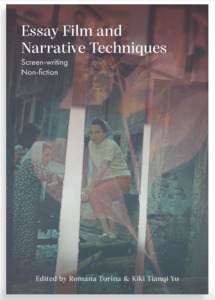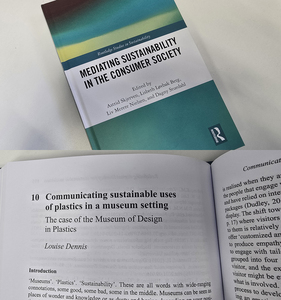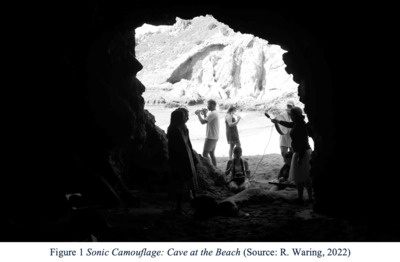Since the 1970s, more products have been made of plastics than any other materials group. Thus all museums with 20th and 21st century collections whether focused on art or science contain large numbers of objects made of or with components of plastics. However the plastics material group contains a very large number of different types of materials that are more or less vulnerable, react differently to the environment and degrade in different ways. As a result different plastics need different conditions. These are important because after manufacture they are the single most important contributor to a plastics object’s life expectancy.
Preservation of plastics remains an underdeveloped area in conservation. There have been significant international research projects relating to plastics preservation including the EU-funded PopART (2008-12) and the Getty’s on-going Preservation of Plastics but these are aimed at specialist plastics conservators from scientific backgrounds. Creation of this resource required the identification of ways of translating this research into day-to-day curatorial practice. It involved a series of collaborative stages with the participation of sample potential users, including an online survey; a seminar; creation of the resource, including 18 case studies detailing the degradation of specific objects made of different plastics common in heritage collections with achievable guidelines for their care; and peer review of the resource.
This resource was developed to meet a need formulated by members of the Plastics Subject Specialist Network, drawn from more than 50 UK universities, museums and other heritage bodies. Web rather than paper publication makes it more readily available, provides ongoing access to the seminar papers by video, and allows users to take the path through it that best suits their needs. It is already a primary point of reference for museums and galleries and will, in time, contribute significantly to enhanced care of heritage collections.
 |



 Lists
Lists Lists
Lists![A view of the CPP film page [thumbnail of A view of the CPP film page]](https://research.aub.ac.uk/16/1.haslightboxThumbnailVersion/Picture1.png)
![a view of the discussion at the CPP seminar, 25 July 2014, Museum of Childhood, Bethnal Green, London [thumbnail of a view of the discussion at the CPP seminar, 25 July 2014, Museum of Childhood, Bethnal Green, London]](https://research.aub.ac.uk/16/2.haslightboxThumbnailVersion/Picture2.png)
![IR spectrum of Acrylonitrile butadiene styrene (ABS) [thumbnail of IR spectrum of Acrylonitrile butadiene styrene (ABS)]](https://research.aub.ac.uk/16/3.haslightboxThumbnailVersion/Picture3.png)
![Details of Saisho 555 push button telephone hand set, c.1980s showing light damage [thumbnail of Details of Saisho 555 push button telephone hand set, c.1980s showing light damage]](https://research.aub.ac.uk/16/4.haslightboxThumbnailVersion/Picture4.png)









